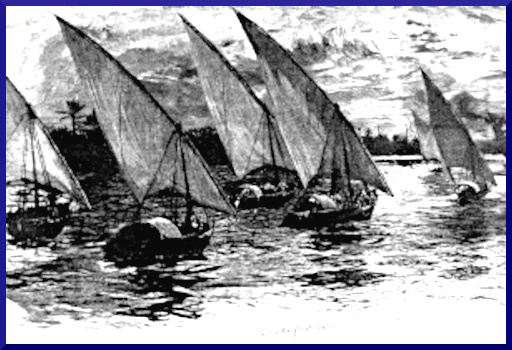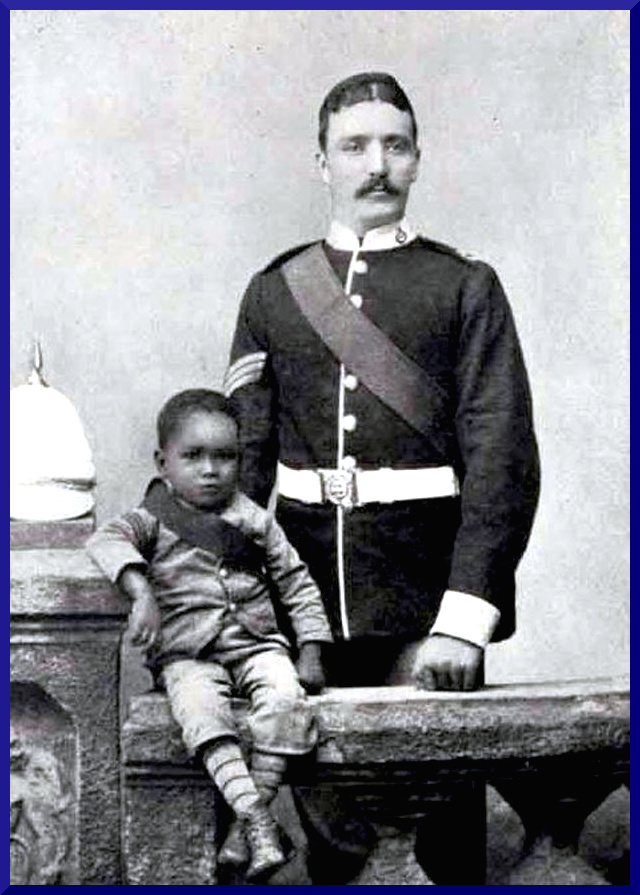|
|
Durham's Black History: Jimmy Durham |
Raised by a regiment of the Durham Light Infantry (DLI), James Frances Durham became the first African man to join the British Army as a fully enlisted soldier.
 |
On New Year’s Day 1886, the Mounted Infantry of the 2nd Battalion of the DLI launched an attack against a nuggar (a large Arabic riverboat) retreating from the recent Battle of Ginnis. Survivors fled, leaving behind only an injured man and a small boy named Mustapha, who was no older that two. Learning that the boy’s father had been killed in the Battle of Ginnis and his mother had fled the attack on the nuggar, Lieutenant de Lisle handed the child to Sergeant Stuart who nicknamed him Jimmy Dervish.
Private James Birley and Sergeant Joseph Francis took on the primary responsibility of caring for the boy. However, he was well liked by the regiment and initially looked on as something of a regimental pet. The original plan had been to bring the child to Cairo where he would be enrolled in a mission school. Instead, when the Battalion received orders to go to India, the regiment’s sergeants objected to the idea of being parted from boy and agreed to take responsibility for paying his maintenance so he might remain with them. He was baptised James Francis Durham, being given one part of each of his caretakers’ names as well as the surname Durham in honour of the regiment.
 |
Jimmy Durham accompanied the Battalion to India in 1887 and then to Burma 1898. It was during their stationing in Mandalay that Jimmy, whose age at that point was estimated to be around fourteen, applied to enlist in the British Army as a boy soldier. Strongly backed by the sergeants of the DLI, the application went all the way to Queen Victoria, and Jimmy was formally enrolled in the Army as Boy Soldier No. 6758. This marked the first time that a Black man had been permitted to join the regular army – as opposed to colonial regiments – on the same terms as white recruits.
From Burma, the regiment moved on to Wellington, India before returning to England in 1902. During this period, Jimmy lived in and around Darlington, Bishop Auckland, and Tyneside. The cold, wet climate of the Northeast was a stark shift from the warm climates Jimmy had known up to that point in his life. However, he was welcomed with open arms by current and former DLI sergeants and their families, especially the family of Sergeant (later Major) Robson whose daughter, Stella, Jimmy considered a sister. He was thrilled when, in 1908, she asked him to be godfather to her child. That same year, Jimmy married Jane Green, sister of a quartermaster sergeant in the DLI.
 |
The Battalion moved to Ireland in late 1905 and was station in County Cork, first in Cork City and later in Fermoy. During this time, Jimmy distinguished himself as a member of the regimental band (playing clarinet and violin) as well as running the Army Temperance Association there. He also visited tourist sites such as the Blarney Stone, and by all accounts became a popular figure in Cork.
While stationed at Fermoy, Jimmy succumbed to pneumonia, dying on 8 August 1910 at the age of just twenty-seven. He was buried with full military honours in a local cemetery. A number of the DLI sergeants who had first found him in Egypt twenty-five years before, made the trip from County Durham for the funeral. Three weeks after his death, his wife Jane gave birth to Jimmy’s only child: a daughter, Frances. Frances lived in Bishop Auckland until her death in 1998.
|

